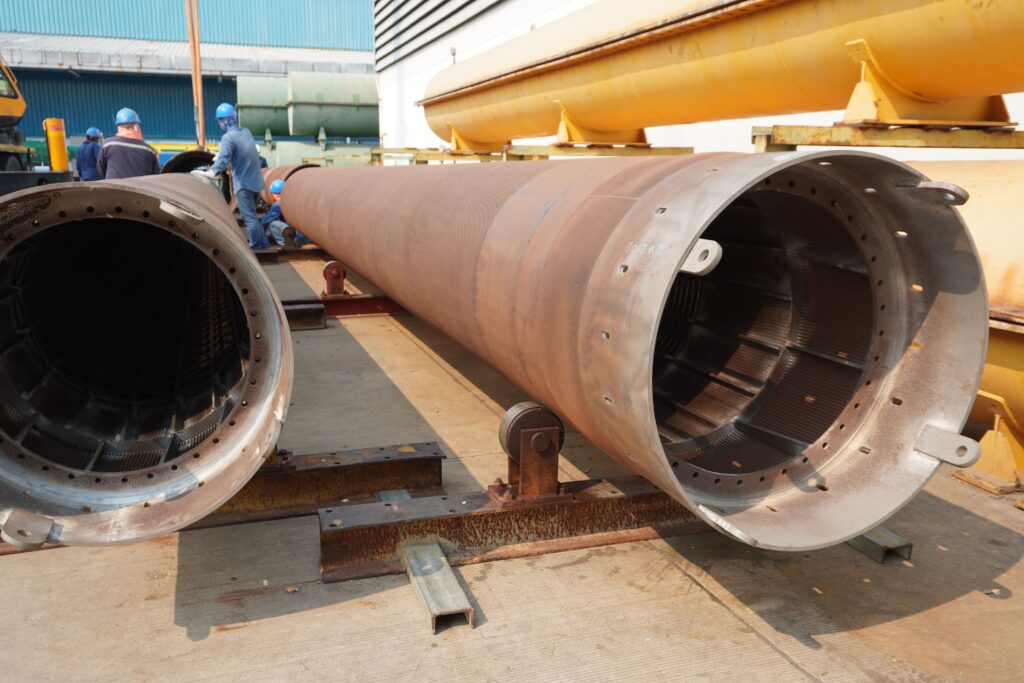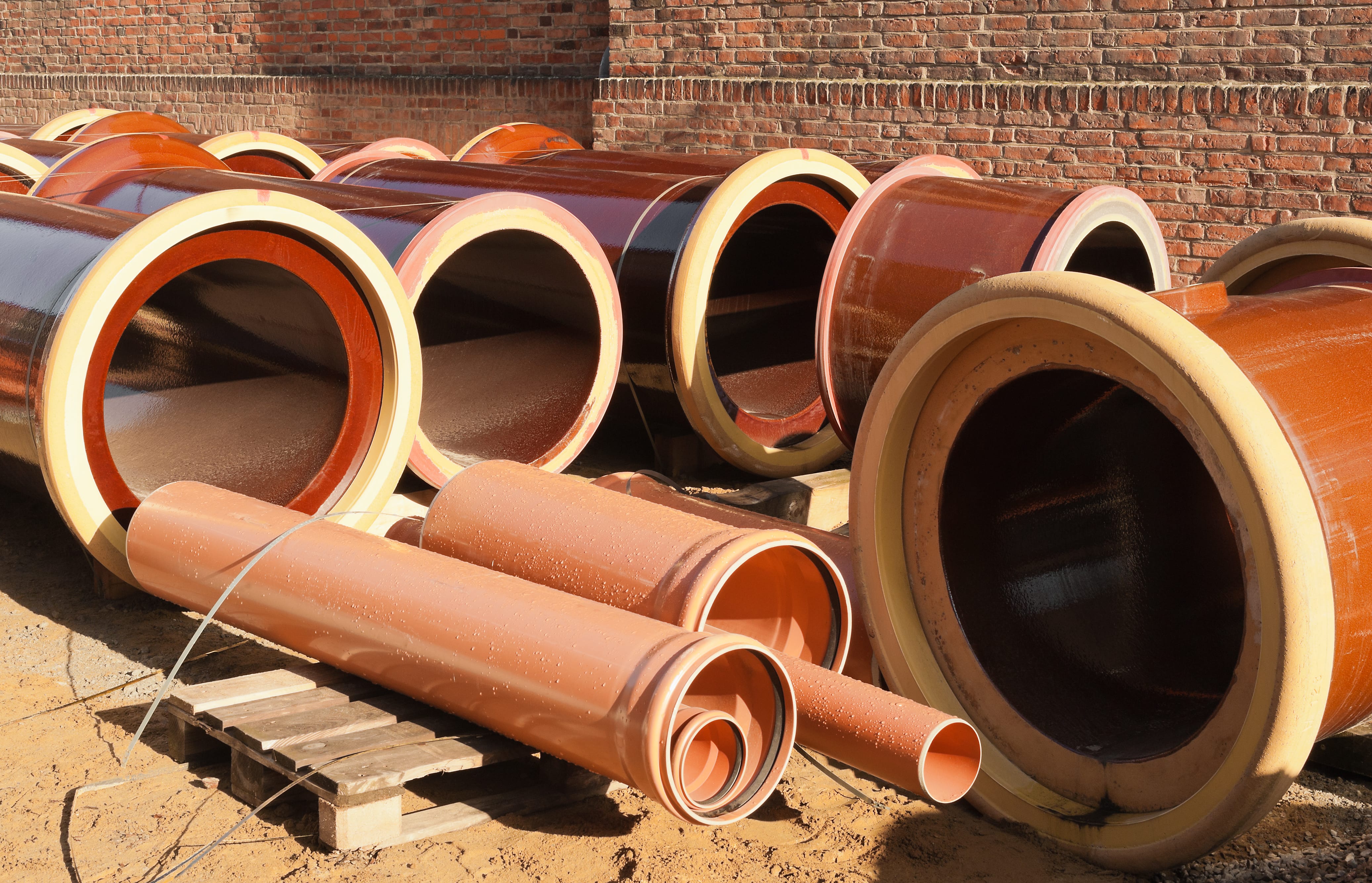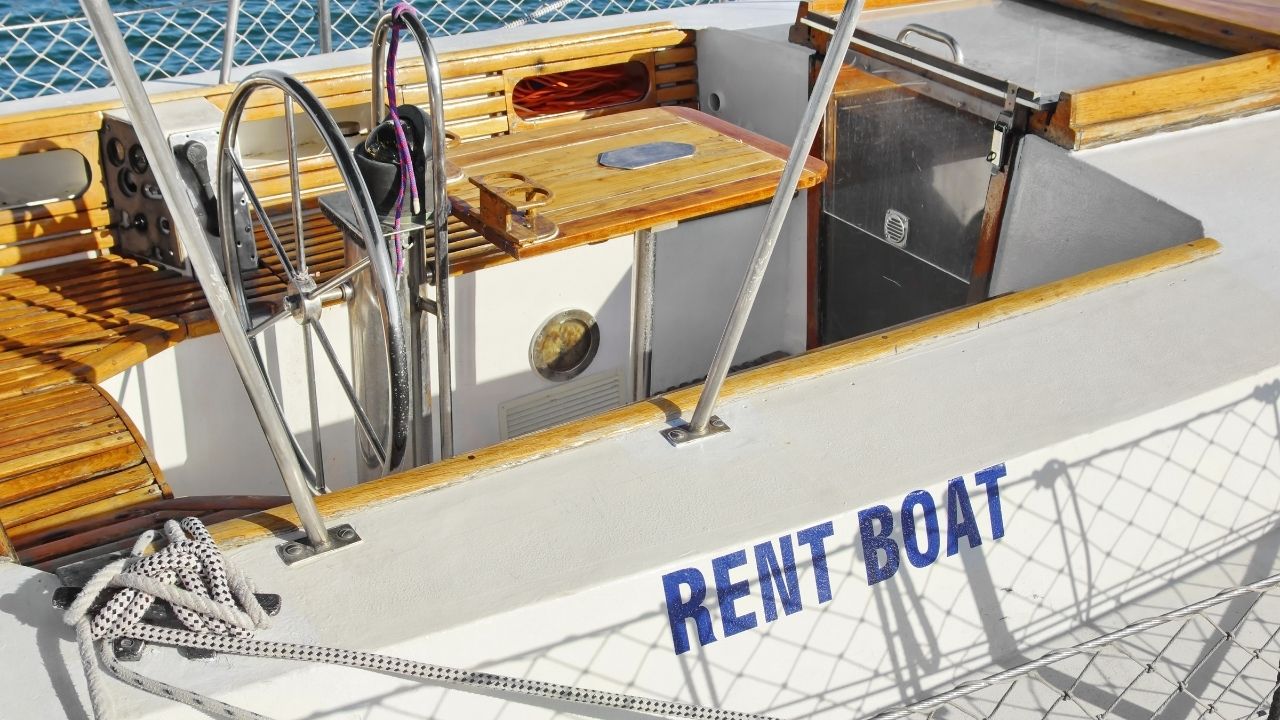Your lateral pipe is the pipe that carries water (wastewater, stormwater, rainwater, etc.) to the sanitary sewer that’s usually in the street in front of your house. You can find it outside your home, with one end connected to the public sanitary sewer and the other branches into your fixtures (e.g., sinks, shower drains, toilets, etc.). Put simply, it’s essential to your piping system.
While one may assume lateral pipes are public property and the city is responsible for them, they’re not. The pipe extending from your home to just before the street falls under your responsibility.
You must maintain it accordingly whenever it shows signs of deterioration. If it does, you either replace or rehabilitate the pipe. The former is self-explanatory, but what does pipe rehab mean?
Introduction To Lateral Pipe Rehab
Lateral pipe rehab refers to any method that involves repairing an existing pipe instead of replacing it with a completely new one. There are generally two types of lateral pipe rehab: (1) the traditional method and (2) the trenchless method. The main difference between the two is that one involves little to no digging (trenchless), while the other involves digging a large ditch along the length of the pipeline (traditional). Trenchless is typically the most preferred option.
When Should You Choose One Over The Other?
Though it’d be unfair to assume the trenchless method is completely superior to the traditional method, it most definitely is, and for several reasons:
- It’s often much more affordable as you don’t have to spend money cleaning up the mess made by digging the ditch. The trenching or digging itself also costs money.
- It’s not as disruptive, which is generally the case with the traditional method. After all, digging a large ditch around a building will almost always affect day-to-day activities.
- It’s a much faster method since digging, and ‘undigging’ takes a lot of time.
- Both traditional and trenchless rehab can use the same materials or liners. You can use CIPP lateral liners in conventional pipe repair the same way you can use them for trenchless repair. Therefore, there’s often no difference in the quality of their results.

For these reasons, when you look up the term “lateral pipe rehab” on your search engine, you’ll mostly find info on trenchless pipe repair technology. Perhaps the only upside of the traditional method is that it’s easier to imagine happening. That said, how does trenchless pipe rehab work? How Does Trenchless Pipe Rehab Work?
A trenchless pipe rehab procedure starts with the team cleaning the lateral pipes. There are two methods for cleaning: (1) snaking and (2) hydro jetting. Snaking is the traditional method where you insert a helix-shaped metal into a fixture and use it to clear any clogging in the pipe. Hydro jetting, on the other hand, uses a machine that shoots out highly pressurized water into the pipe.
Once they finish the cleanup, the team will inspect the pipe by inserting a lateral launch camera into it. The team may use other types of cameras depending on the situation.
From there, the steps will vary according to the method the team wishes to use.
Different Methods Of Trenchless Lateral Pipe Rehab
There are several types of trenchless lateral pipe rehab. Though each method has its advantages and disadvantages, you might be more familiar with others due to their popularity.
Here’s a look at some of these methods:
- Slipping or slip lining is the oldest form of trenchless pipe rehab. It’s also the simplest as it involves inserting a new pipe with a smaller diameter within the larger existing pipe.
- Cured-in-Place Pipe (CIPP) is the modern version of slip lining. Rather than inserting a pipe inside a pipe, it involves placing a liner instead. The team saturates the liner with resin and inflates it so it fits perfectly in the existing pipe. They then heat or cure it to harden it and make it sturdier.
- Thermoforming is pretty similar to the CIPP method. The main difference lies in the construction of the pipe. For CIPP, the team must manufacture a new plastic pipe with sensitive chemicals (resin). Thermoforming doesn’t require chemicals.
- Grout-in-Place is a unique method of trenchless rehab. If you noticed, the three previous methods all involve replacing an entire section of piping. With this method, you only have to repair the specific area that was damaged by injecting grout.
Methods like pipe bursting are often considered trenchless lateral pipe repair methods. But one thing to note is that pipe bursting and similar methods usually involve replacing the old pipe completely. Therefore, rather than looking at them as a lateral pipe rehab method, they’re a pipe replacement method for the most part.
Wrapping Up
A lateral pipe typically lasts for several decades, so chances are you’ll only ever have to do lateral pipe rehab two or three times in your entire lifespan. But that also means you’ll spend countless years with the pipe you’ll end up with after the lateral pipe rehab. As such, you might as well make sure you do it right. This guide should help in that regard.




